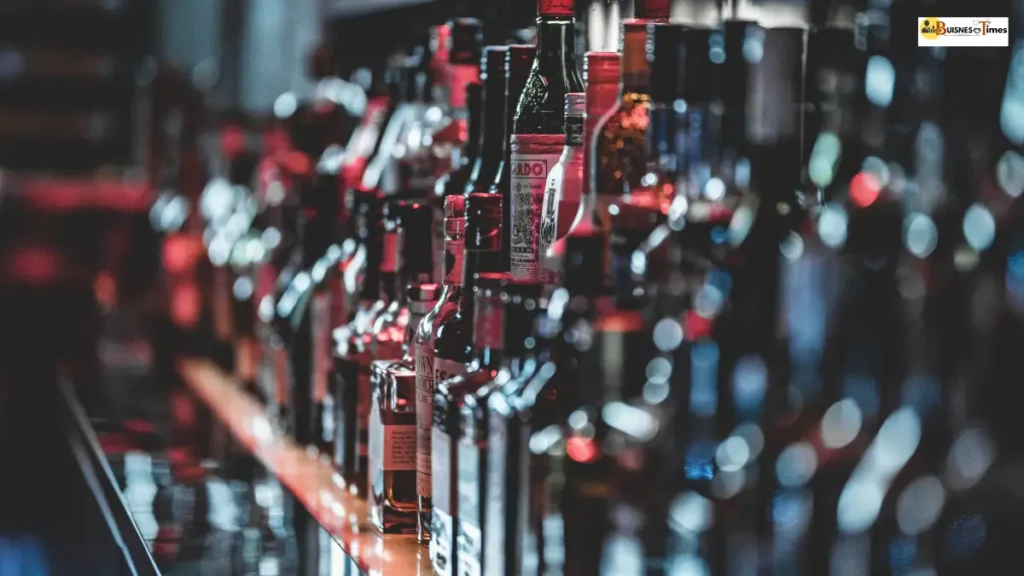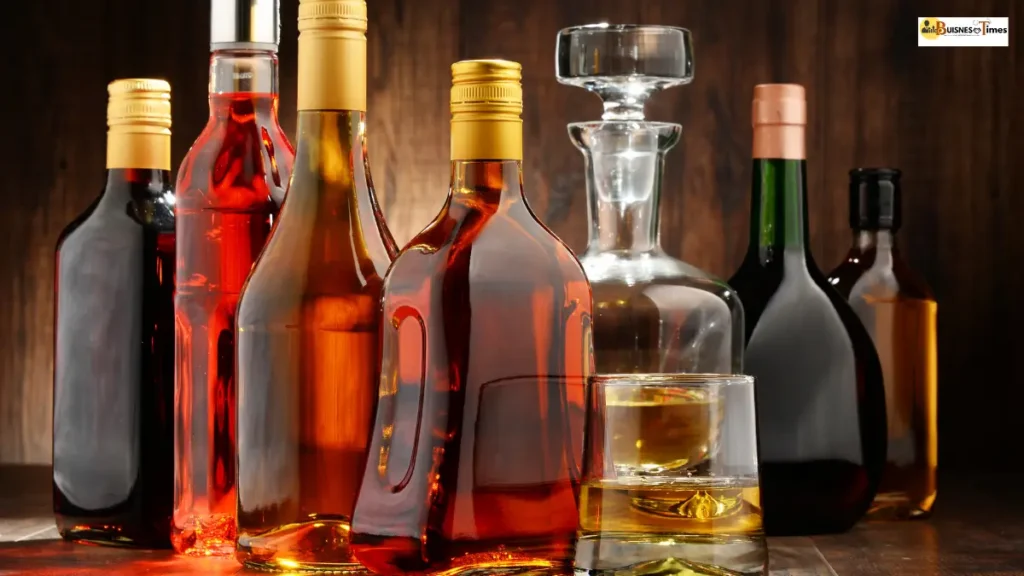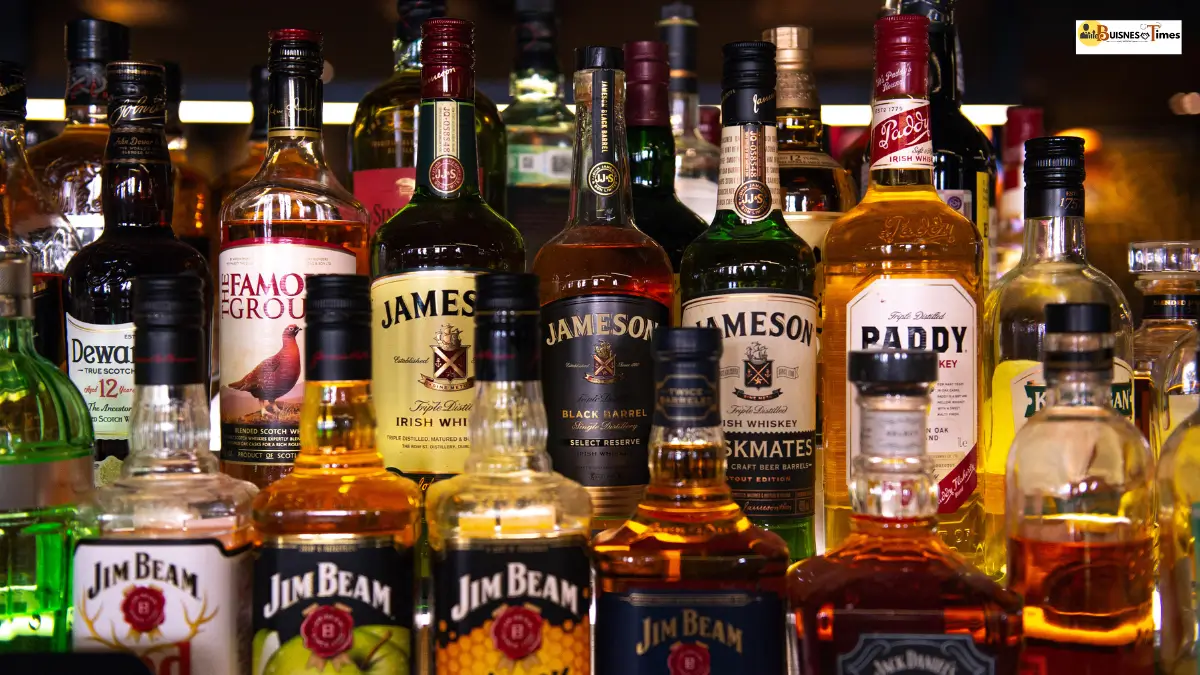The GST Council’s recent reforms under GST 2.0 have created a wave of discussion across industries and consumers alike. While cigarettes, pan masala, and other “sin goods” have been pushed into a new 40% tax slab, a big question remained — Will alcohol also get costlier under GST?
The government has now clarified that Alcohol Prices for human consumption will remain outside the purview of GST, a decision that protects state revenues but also keeps India’s liquor taxation system complicated and fragmented.

Why Alcohol Stays Out of GST
Alcohol has always been treated as a special category in India’s taxation system. Unlike other goods and services, liquor has remained outside the GST regime since its launch in 2017. The primary reason is fiscal:
- State governments rely heavily on liquor excise duties.
In many states, excise duty on alcohol pricescontributes 15%–25% of their own tax revenues. This revenue is crucial for welfare programs, subsidies, infrastructure, and social development projects. - Autonomy concerns:
Bringing alcohol under GST would mean states lose their authority to levy taxes independently, shrinking one of their most stable and dependable revenue streams.
This financial dependence explains why successive meetings of the GST Council have avoided touching the sensitive issue of liquor taxation. Despite pressures to unify indirect taxes under a single umbrella, alcohol remains a deliberate exception to India’s “one nation, one tax” model.
GST 2.0: The New 40% Slab and Its Impact
Under GST 2.0, effective September 22, 2025, the Council has introduced a special 40% GST slab. This rate applies to:
- Cigarettes and tobacco products
- Pan masala and gutkha
- Certain luxury goods
Previously, these goods attracted 28% GST plus compensation cess. With the end of the cess regime, the government has merged it directly into GST, creating a uniform but higher tax structure.
The intent is twofold:
- Discourage consumption of harmful products (tobacco, gutkha, etc.).
- Boost government revenue from goods considered socially undesirable.
However, alcohol prices remains outside GST and continues to be taxed through state-level levies such as excise duty, VAT, and local cesses. This ensures states retain control over their liquor markets.
How States Tax Alcohol
Even though alcohol is exempt from GST, the taxation structure around it is far from simple. States typically impose:
- Excise Duty: The primary tax on alcohol sales, contributing the bulk of revenue.
- Value Added Tax (VAT): Rates vary from state to state, ranging anywhere between 10% and 30%.
- Cesses and Surcharges: Additional charges imposed in some states to raise extra funds.
This layered system leads to wide price variations across states. For example, a bottle of the same liquor brand may cost significantly more in Karnataka than in Haryana, purely due to differing tax structures.

GST on Related Alcohol Services
While liquor itself is outside GST, several parts of its supply chain are taxed under GST, including:
- Bottling and packaging services
- Logistics and transportation
- Advertising and marketing services
- Purchase and maintenance of equipment
This creates a dual structure: alcohol as a product is taxed by states, but many services around it attract GST. Businesses in the liquor industry therefore face a unique hybrid tax burden.
Global Comparison: How Other Countries Handle Alcohol
Globally, practices differ when it comes to taxing alcohol:
- Australia and New Zealand: Alcohol Prices falls under a national goods and services tax framework.
- United States: States levy excise duties and also regulate pricing, similar to India.
- European Union: Excise duties are harmonized across member states, but VAT applies additionally.
India’s system stands out for its strong revenue focus and social deterrence policy, where states tightly control distribution and pricing.
GST 2.0: What Consumers Will Actually Pay More For
With the rollout of GST 2.0, consumers will definitely see price hikes in:
- Cigarettes
- Packaged sodas and sweetened beverages
- Processed foods (in select categories)
- Pan masala and gutkha
But for alcohol prices packaged for drinking, there will be no direct impact from the GST reforms. Prices will continue to depend on state excise rates, VAT, and additional cesses.

However, industrial-use alcohol (such as ethanol and spirits used in manufacturing, pharma, or industrial purposes) will be subject to GST, separating it clearly from the consumer liquor market.
Revenue Stakes for States
For state governments, the decision is a huge relief. If alcohol had been subsumed into GST, states could have lost billions in annual revenue. According to industry estimates, liquor sales generate over ₹2.5 lakh crore annually for states combined.
Experts warn that any attempt to centralize alcohol taxation under GST would face stiff political opposition. States like Tamil Nadu, Kerala, and Punjab are particularly dependent on liquor taxes to fund welfare schemes.
What It Means for Consumers
So, should consumers worry about liquor getting costlier after GST 2.0?
- No direct GST impact on retail alcohol prices.
- Prices may still rise if states hike excise duties or VAT to increase revenue.
- Indirect costs could go up slightly, as GST on packaging, transportation, and services feeds into overall supply chain expenses.
In short: Your whisky or beer won’t get costlier because of GST 2.0, but state taxes will continue to dictate final retail prices.
Expert Opinion
Tax experts note that the dual system creates complexity, but it is politically unavoidable.
“Alcohol taxation is not just a fiscal issue, but also a political one. States will never want to give up this revenue source. While GST brings uniformity, liquor will remain an exception for the foreseeable future,” said a senior tax consultant.
The GST Council’s latest reforms bring significant changes for tobacco, pan masala, and luxury goods, but alcohol continues to remain outside GST’s ambit. This ensures state governments retain control over their most reliable revenue stream while also maintaining a social deterrent through high excise duties.
Consumers, therefore, can breathe easy: your favorite drink won’t get costlier because of GST 2.0. Any future price rise will still be in the hands of state governments, not the Centre.
Disclaimer : This article is for informational purposes only and does not constitute financial or legal advice. Readers are advised to verify details from official government notifications before making decisions.

